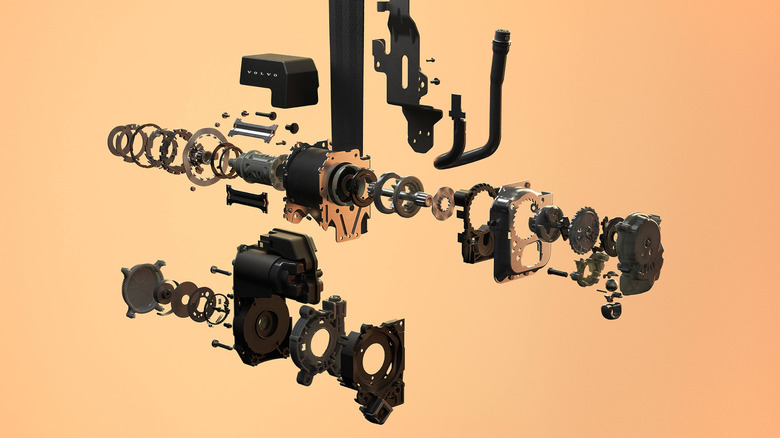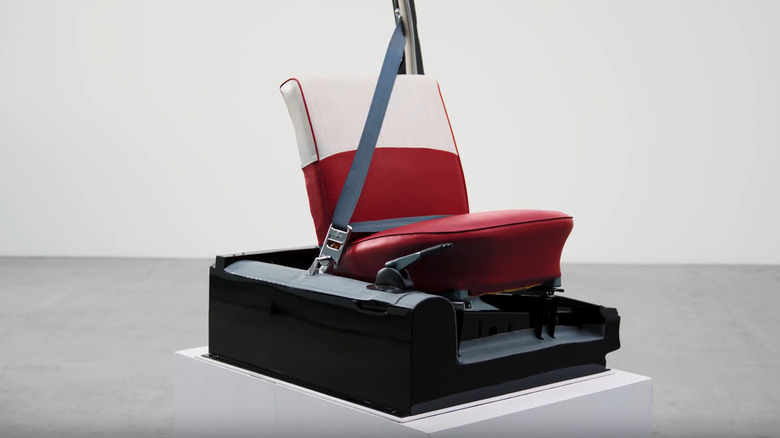What Makes A Smart Seatbelt Different From A Regular One?
A lot of people owe Volvo a big thanks for inventing the modern three-point safety belt back in 1959. It's estimated that the design has saved over a million lives, and by making it an open patent, other automakers have been able to incorporate that very same design without having to pay. Consider it one of the most important and generous gifts even given to the auto industry.
Not one to linger in the past, though, Volvo has been busy looking at ways in which it can further improve the design, and it's managed just that. Earlier this year, Volvo announced that it had developed a multi-adaptive safety belt. The idea behind it, is that it can react differently according to the type of incident that's occurring, and this is how it differs from a regular safety belt.
For example, if there's a larger person in the seat, the new belt can exert a higher belt load rating, in order to reduce the risk of head injury. However, if it's a smaller individual, a lighter belt load rating will be enforced, reducing the risk of rib damage.
It doesn't stop there either. Using sensors mounted both in and outside of the vehicle, the multi-adaptive safety belt can ascertain what type of crash is about to happen, from what angle, and at what speed. Furthermore, it can also take into account the posture of occupants, and tailor how it reacts accordingly. This might not be as big of a deal as the three-point launching in the Volvo PV544 back in '59 — that innovation truly revolutionized automotive safety forever — but it's still a hugely important development in automotive safety.
Volvo and safety: A journey of continuous improvement
The first Volvo to receive the smart new multi-adaptive safety belt will be the EX60. This is an all-electric model which is due to debut in January 2026, and will rival other premium electric SUVs, such as the Cadillac Lyriq.
It should come as no surprise to see the tech arriving from Volvo, as the Swedish brand has long been associated with leading the field in terms of safety. Not only is Volvo responsible for the modern three-point safety belt of '59, but we can also thank the Swedes for the rear-facing child seat which arrived in 1972, and the side-impact protection system of 1991.
Perhaps the boldest ambition of Volvo's was declared in 2008, when the automaker announced it was aiming to produce zero-fatality cars by the year 2020. Jan Ivarsson, head of Safety Strategy at the Volvo Car Corporation stated "we don't accept that people lose their lives in airplane accidents, so why should we regard car accidents as inevitable?"
The goal hasn't yet been achieved, but every step taken by Volvo to get there is a step in the right direction, and the multi-adaptive safety belt might be one of the biggest strides taken by Volvo in producing cars which cause neither serious injury or fatalities in the event of an accident.

